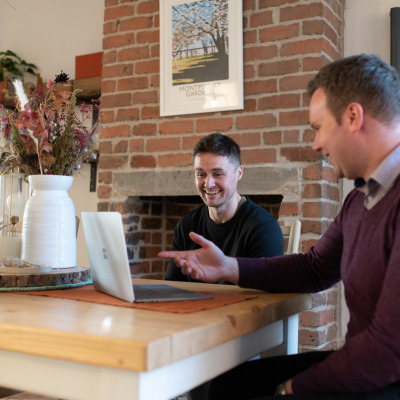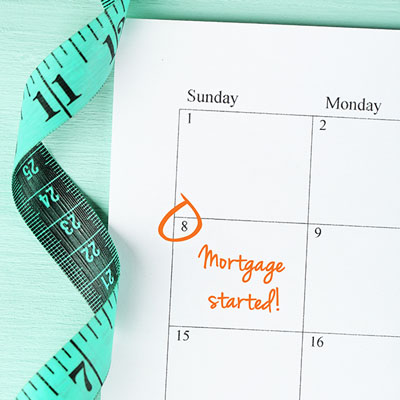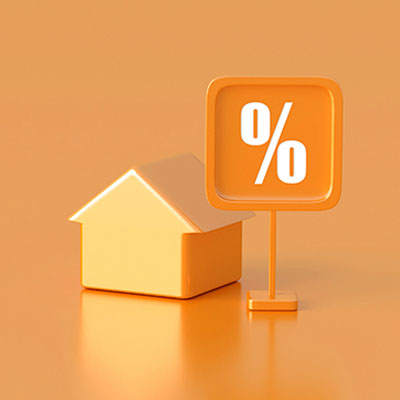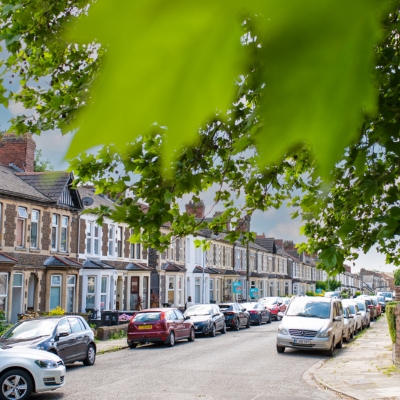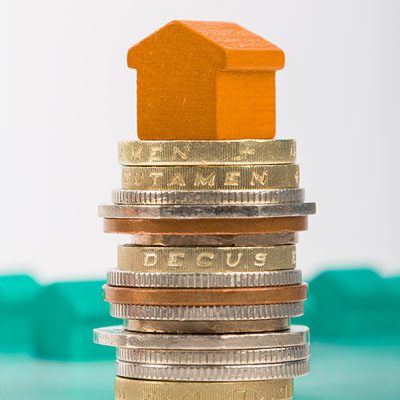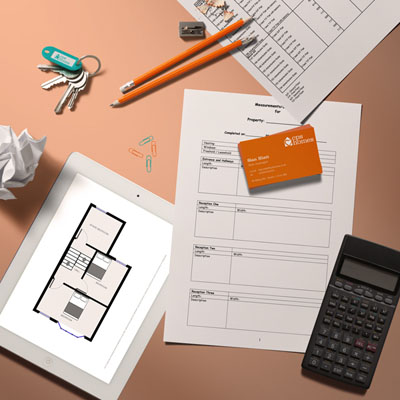Step 1
What is a mortgage?
Briefly, a mortgage is a loan that is taken out to allow a person to buy a property. The lender, such as a bank or building society, will agree certain terms under which the borrower must repay the money. In the UK, mortgages are typically repaid over 20 to 30 years. A mortgage is ‘secured’ against the property bought, meaning that the value of the property works like a guarantee that the money will be repaid to the lender. Consequently, failure to repay the mortgage can result in the property being repossessed and sold, so that the lender can cover their losses.
There are two parts of a mortgage to be repaid:
- the ‘capital’, which is the money you borrow, and
- the ‘interest’, a fee paid to the lender until the capital is paid back.
There are many different types of mortgage available, and the financial terminology can be a bit of a minefield for borrowers. Interest, offset, tracker, LTV... don’t be intimidated by all the unfamiliar terms. It’s important that you understand the different options available to you before you commit to such a large loan. Our advice is to read up as much as you can about mortgages so that you know what to expect when you go to a lender to ask for specific details.


